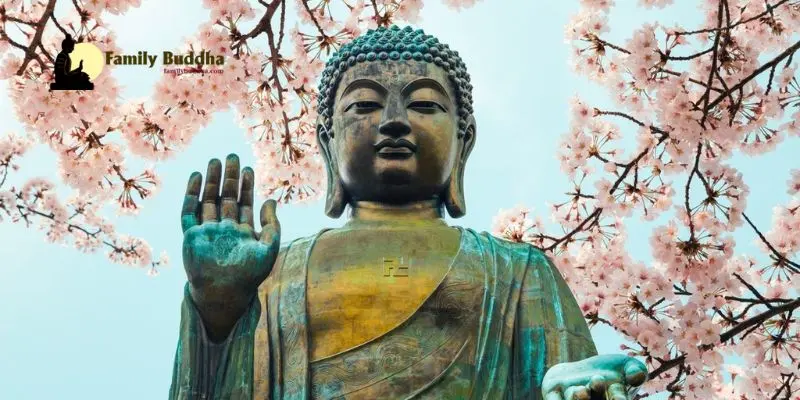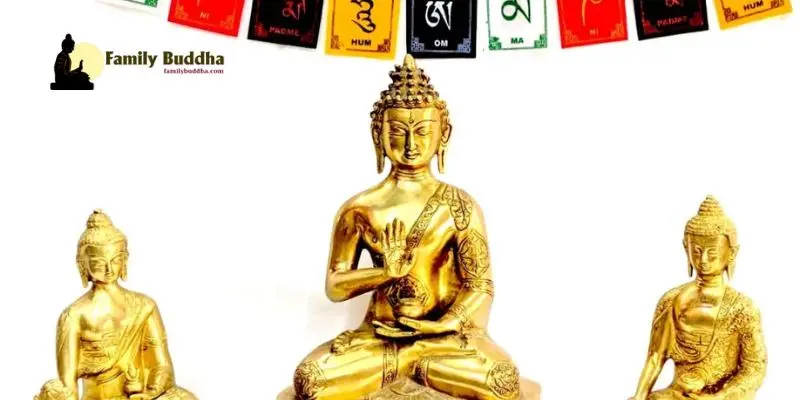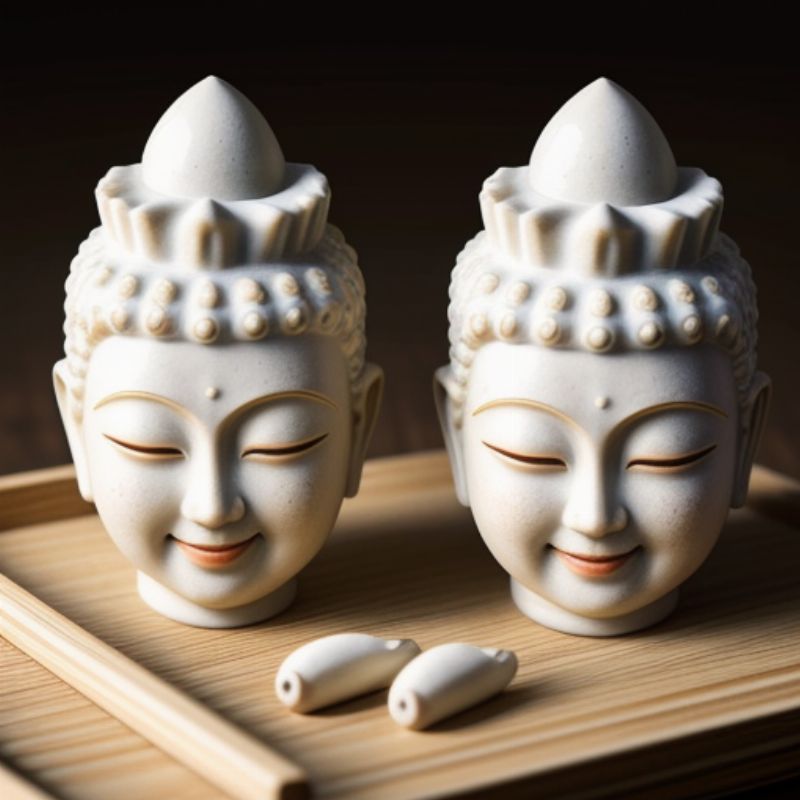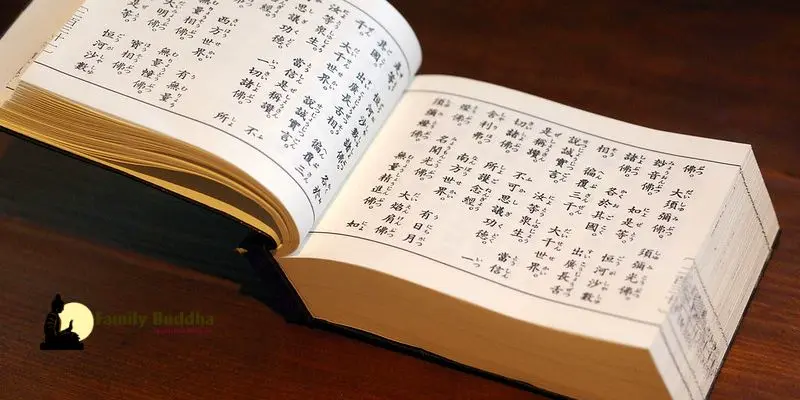Have you ever walked through a bustling Vietnamese market and spotted a peculiar fruit, its fingers reaching out like a beckoning hand? That, my friends, is the Buddha’s Hand, a citrus fruit as intriguing in appearance as it is in its rich history and symbolism. In Vietnamese culture, we call it Phật thủ, a name that hints at its revered status. But beyond its unique shape, what is the story of this fragrant fruit, and why is it so deeply intertwined with Buddhist traditions?
Unraveling the Mystery of the Buddha’s Hand
The Buddha’s Hand, scientifically known as Citrus medica var. sarcodactylis, is a citron variety prized more for its captivating aroma and symbolic significance than its tart, often dry flesh. Native to Northeast India or Southeast Asia, it has graced gardens and temples for centuries, a testament to its enduring allure.
A Sensory Symphony: Appearance, Aroma, and Taste
The most striking feature of the Buddha’s Hand is undoubtedly its appearance. Unlike the round, familiar form of oranges or lemons, this citrus fruit boasts a collection of elongated fingers, sometimes fused together, sometimes splayed apart like the outstretched hand of a deity. This distinctive form is what earned it the name “Buddha’s Hand” in many cultures.
But the sensory experience doesn’t stop at the visual. The Buddha’s Hand is a delight to the olfactory senses, releasing a powerful, sweet, and floral fragrance that permeates the air around it. Its zest, often preferred to the minimal flesh, adds a unique citrusy note to sweet and savory dishes, teas, and even cocktails.
Beyond the Physical: Symbolism and Significance
The Buddha’s Hand holds deep symbolic meaning in various cultures, most notably within Buddhism. Its finger-like fruits are believed to resemble the hand of Buddha in a gesture of teaching, blessing, or meditation.
- A Gesture of Teaching: Just as the Buddha’s hand gestures convey profound teachings, the fruit serves as a reminder of the importance of seeking knowledge and enlightenment.
- Blessings of Prosperity: The fruit’s plentiful “fingers” are often seen as symbols of good fortune, wealth, and abundance, making it a popular gift during Lunar New Year and other auspicious occasions.
- A Sacred Offering: In Buddhist temples, the Buddha’s Hand often graces altars as an offering, symbolizing purity, generosity, and a connection to the divine.
“The Buddha’s Hand, with its open form, reminds us to live with an open heart and an open mind, receptive to the teachings of the Buddha and the beauty of the present moment,” says Dr. Minh Nguyen, a renowned Vietnamese scholar of Buddhist philosophy, in his book The Fragrant Path: Exploring Buddhist Symbolism.
The Buddha’s Hand in Folklore and Tradition
The Buddha’s Hand, with its mystical aura, has woven itself into the fabric of folklore and traditions across various cultures.
- Legends of Origin: In Chinese mythology, it is said that the Buddha’s Hand was once a regular citron, but its shape transformed after being touched by Buddha himself. Another tale speaks of a deity who created the fruit by breathing life into his own hand.
- Traditional Uses: In Vietnam, the fruit is often candied or used to make jams and marmalades. Its aromatic peel is also prized for scenting homes and clothes, infusing everyday life with its uplifting fragrance.
 Buddha's Hand Fruit Offering
Buddha's Hand Fruit Offering
Cultivating the Buddha’s Hand: Tips for Gardeners
The unique beauty and symbolism of the Buddha’s Hand make it a coveted addition to gardens. While it thrives in warmer climates, it can be grown in pots and brought indoors during colder months.
- Sunlight and Soil: The Buddha’s Hand thrives in full sun to partial shade and well-drained soil.
- Watering: Regular watering is essential, especially during the growing season.
- Pruning: Pruning helps maintain the tree’s shape and encourages fruit production.
Exploring the Culinary Delights of the Buddha’s Hand
While not typically eaten fresh due to its lack of juicy pulp, the Buddha’s Hand offers a world of culinary possibilities:
- Zesting for Flavor: Its fragrant zest elevates the flavor of sweet and savory dishes, adding a unique citrusy note.
- Infused Oils and Vinegars: The zest can be used to infuse oils and vinegars, adding a fragrant twist to salad dressings and marinades.
- Candied Buddha’s Hand: In many Asian cultures, the Buddha’s Hand is candied and enjoyed as a sweet treat, especially during festive occasions.
 Candied Buddha's Hand
Candied Buddha's Hand
The Buddha’s Hand: A Bridge Between the Physical and the Spiritual
The Buddha’s Hand, with its unique form, captivating fragrance, and rich symbolism, offers more than just a sensory experience. It serves as a tangible link to ancient traditions, reminding us of the interconnectedness of the physical and the spiritual. Whether gracing a temple altar, scenting a home, or adding a touch of exotic flavor to a dish, the Buddha’s Hand invites us to appreciate the beauty and wonder present in the everyday. It encourages us to live with open hands and open hearts, embracing the teachings of compassion, mindfulness, and generosity that lie at the heart of Buddhist philosophy.
Frequently Asked Questions about the Buddha’s Hand
Many people have questions about this intriguing fruit. Here are answers to some common queries:
What does the Buddha’s Hand taste like?
The Buddha’s Hand is less about the taste and more about the aroma. The zest is highly fragrant, offering a floral, citrusy flavor. The flesh, when present, is tart and not typically eaten.How do you eat a Buddha’s Hand fruit?
You can use the zest in various culinary applications, from flavoring dishes to infusing oils and vinegars. The fruit is also candied or used in jams and marmalades.What is the significance of the Buddha’s Hand in Buddhism?
Its finger-like shape is seen as a representation of Buddha’s hand, symbolizing teachings, blessings, and meditation. It is often used as a temple offering and a symbol of good fortune.Where can I buy a Buddha’s Hand fruit?
You can often find them at Asian grocery stores, farmers’ markets, and sometimes even in the produce section of larger supermarkets, especially during the fall and winter months.
 Buddha's Hand Tree in Garden
Buddha's Hand Tree in Garden
The Buddha’s Hand, much like the teachings it represents, invites us to look beyond the surface and appreciate the deeper meaning and beauty that lie within. It is a testament to the power of nature to inspire awe, reverence, and a sense of connection to something greater than ourselves.









